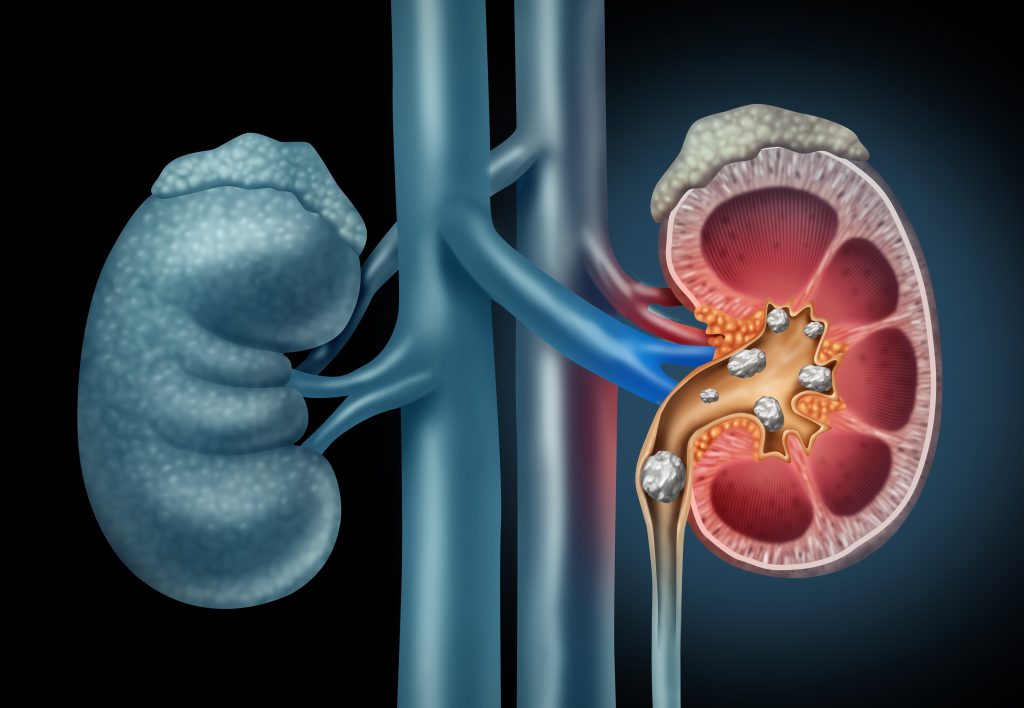Wear of the joint that joins the thumb of the hand with the wrist gives rise to rhizarthrosis or arthrosis of the thumb, common in those over 65 years of age. Know its warning signs and tips to reduce its effects.
The arthritis results when they wear articular cartilage, which covers the articulación- widespread in the cervical and lumbar spine and joints of the shoulder, hip, knee, and finger carpometacarpal joint, which is located on the thumb and joins it with the wrist.
Specifically, joint degeneration in this area arises between the base of the first metacarpal and the trapezium bone of the wrist and is known as rhizarthrosis.
Among the most common is osteoarthritis, which affects 10% of the population and is one of the leading causes of chronic pain.
Causes of arthrosis of the thumb
Although osteoarthritis and, therefore, rhizarthrosis can arise for genetic reasons, other more common causes can lead to wear of the thumb joint:
- Aging: osteoarthritis is a disease that arises in most cases in people over 65 years of age since the passage of time accentuates the wear and tear of the joints.
- Bad lifestyle habits: leading a sedentary lifestyle, being overweight, smoking, and not following a balanced diet rich in vitamins and minerals favor the onset of osteoarthritis.
- Repetition of movement: People who carry out or have carried out jobs in which they continuously performed the pincer movement or manual jobs in which force with the hands is needed tend to present this degeneration.
Consequences of rhizarthrosis
When thumb osteoarthritis progresses, the person will have difficulty performing the pincer movement (bringing the thumb closer to the rest of the fingers) and will feel pain and stiffness.
Although it is not a malignant disease, it can affect the patient’s quality of life by preventing them from performing specific daily actions such as:
- Opening a door with a knob, a tough grip, or a lock, as the key cannot be turned.
- Pick up a glass, bottle, jug, or another wide or heavy object.
- Open a bottle, a can, the cap of the milk cartons, and so on.
- Grab an iron or broom, or wring out the mop or cloth.
- Cut with scissors, and hang the clothes with tweezers.
In addition, it can also negatively influence the performance of work functions, such as hairdressing, medical, educational, or kitchen professionals, among others.
Symptoms of rhizarthrosis: when to see a doctor
The fact that rhizarthrosis arises in the hands means that it hurts many of our daily tasks, as we mentioned in the previous section, so in advanced stages, this rheumatic disease reduces the quality of life of the person who suffers from it.
To prevent further degeneration from progressing, it is essential to see a doctor with these warning symptoms of thumb osteoarthritis :
- Pain at the base of the thumb: it is the first symptom that arises and the most significant. It can appear only in one hand or in both and is accentuated the more the joint is used, while it is reduced when it is kept at rest.
- Loss of strength: progressively, there is a lack of power that prevents actions such as opening a boat or picking up an object of medium weight.
- Lack of mobility and stiffness: the degeneration of the joint prevents natural joint movement from being possible since the articular cartilage favors the sliding of the bones with movement.
- Destruction of other structures: in cases of advanced rhizarthrosis, the destruction of the bone and damage to the ligaments and tendons can also arise.
- Deformity of the area: rhizarthrosis can cause a muscle contracture that causes the deformation of the site and the natural structure of the hand.
If you have any of these symptoms or have difficulty cooking because you cannot cut or peel the vegetables and fruits, you cannot fasten the buttons or zip-up properly, or your thumb hurts when writing or turning the switches.
Keys when opening the doors, see a professional in rheumatology. After a physical examination, this specialist may order a series of tests, such as an X-ray or MRI, to establish the diagnosis.




